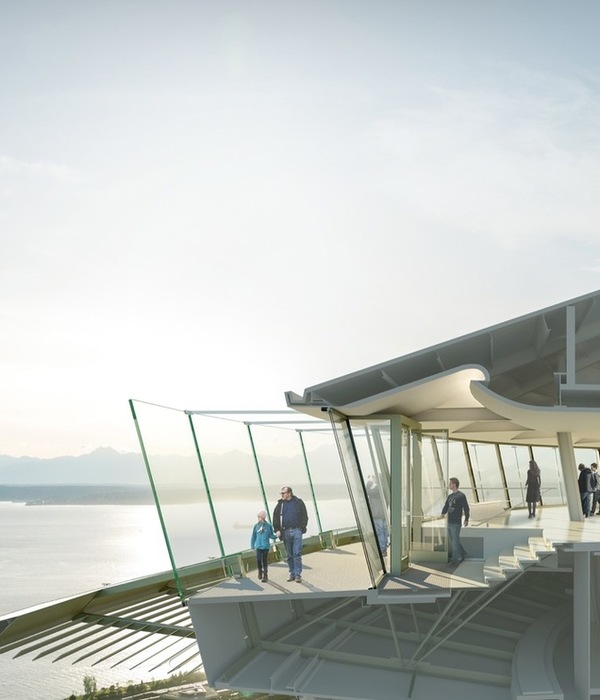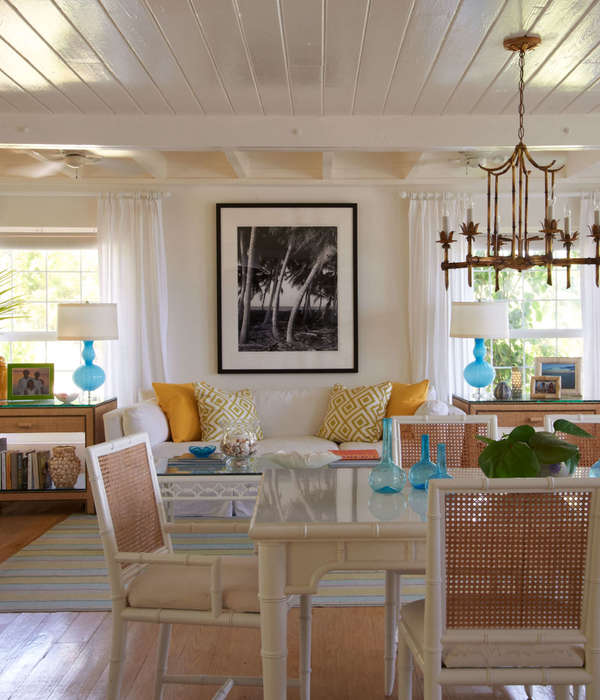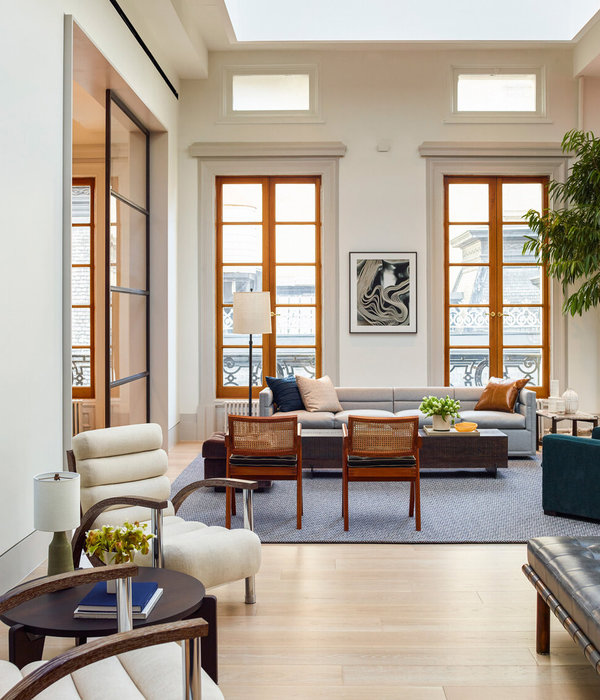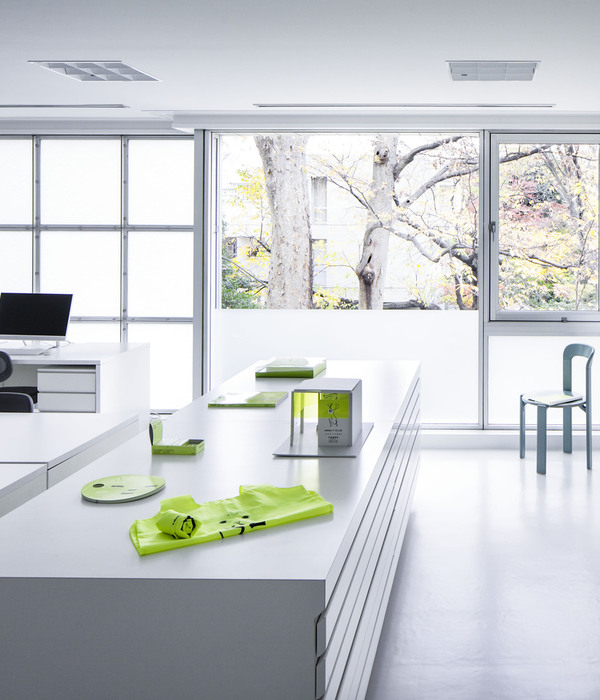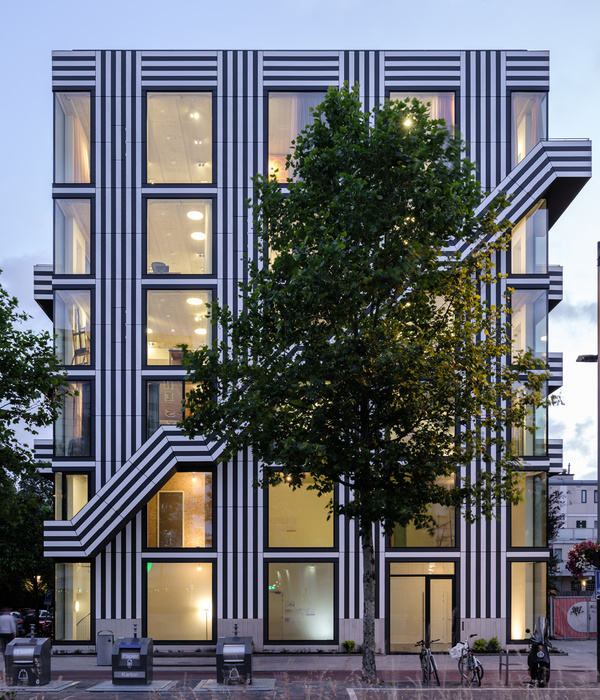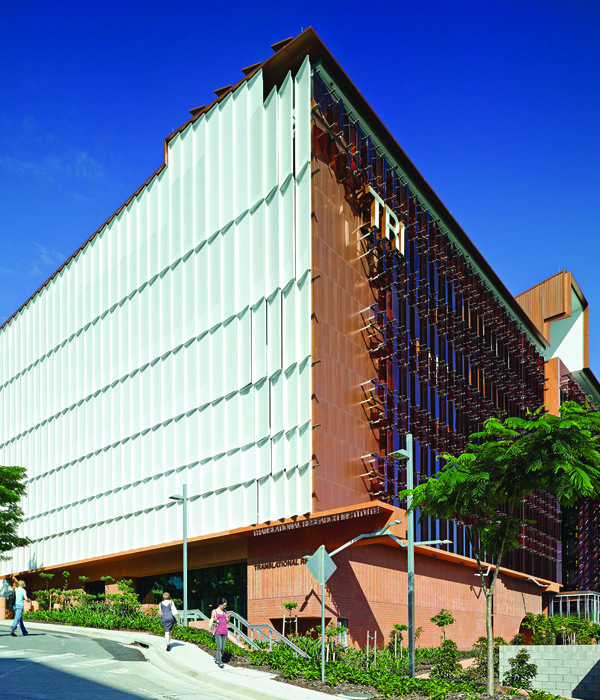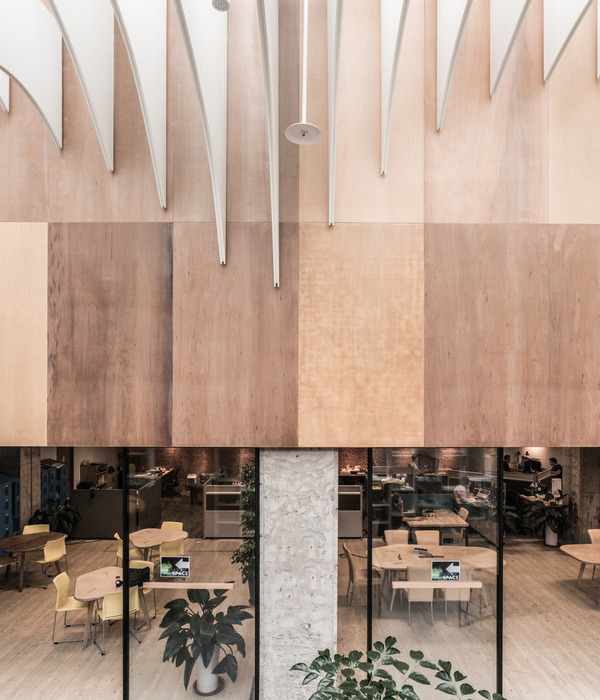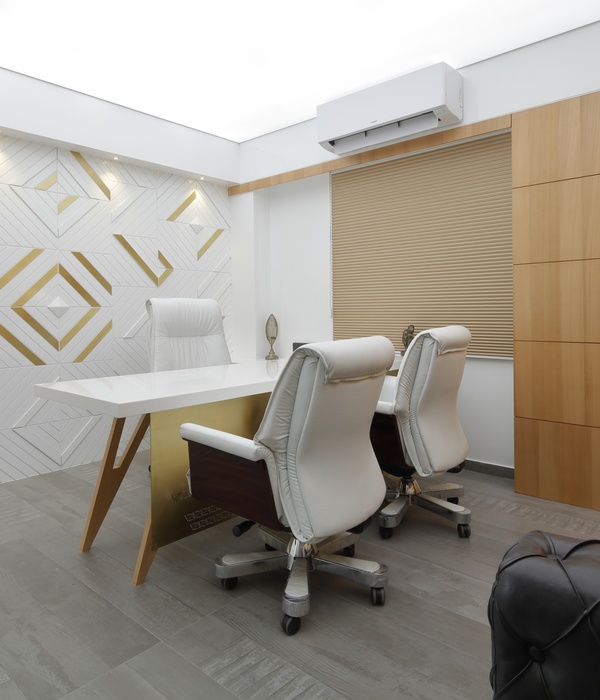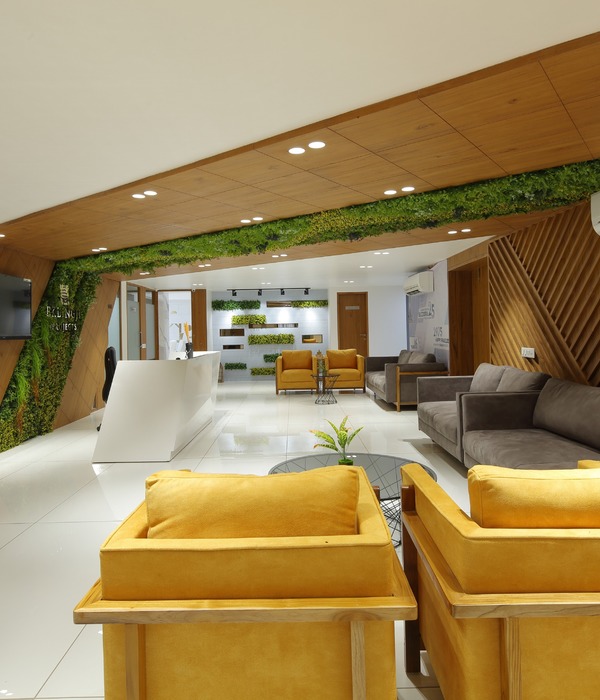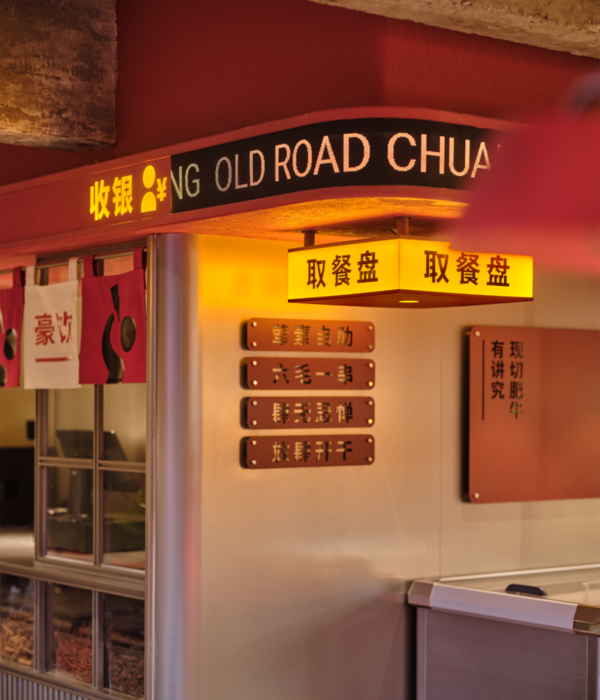Consistent with the WPP’s global program, the Detroit location is an adaptive re-use of an historic building in downtown, effectively relocating from a corporate office park in Dearborn to the middle of an active urban core.
BDG architecture + design utilized blue tones, architectural elements, and modern touches for the WPP offices in Detroit, Michigan.
In this case, the building is The Marquette Building, a 1905 historic structure that had originally been the site of the Murphy Power Company and the Murphy Storage and Ice Company.
In urbanistic, architectural terms, this is not a cookie-cutter office for WPP; it is a crafted, thoughtful renovation of a building that represents Detroit’s urban history. Replacing most of a 1979 renovation, most of the interior was removed and rebuilt. All of the building systems are new: HVAC, lighting, graphics. The gist of the architectural interventions was not to include anything that was non-essential. Accordingly, much of what has been exposed in the original structure is visible: brick walls, columns, window frames, staircases. bracings, cast iron fire stair, windows, mosaics and concrete floors were left in place; sliding barn doors are from the original building as well, giving the interior a sense of place and authenticity.
In urbanistic, architectural terms, this is not a cookie-cutter office for WPP; it is a crafted, thoughtful renovation of a building that represents Detroit’s urban history. Replacing most of a 1979 renovation, most of the interior was removed and rebuilt. All of the building systems are new: HVAC, lighting, graphics. The gist of the architectural interventions was not to include anything that was non-essential. Accordingly, much of what has been exposed in the original structure is visible: brick walls, columns, window frames, staircases. bracings, cast iron fire stair, windows, mosaics and concrete floors were left in place; sliding barn doors are from the original building as well, giving the interior a sense of place and authenticity.
In urbanistic, architectural terms, this is not a cookie-cutter office for WPP; it is a crafted, thoughtful renovation of a building that represents Detroit’s urban history. Replacing most of a 1979 renovation, most of the interior was removed and rebuilt. All of the building systems are new: HVAC, lighting, graphics. The gist of the architectural interventions was not to include anything that was non-essential. Accordingly, much of what has been exposed in the original structure is visible: brick walls, columns, window frames, staircases. bracings, cast iron fire stair, windows, mosaics and concrete floors were left in place; sliding barn doors are from the original building as well, giving the interior a sense of place and authenticity.
In urbanistic, architectural terms, this is not a cookie-cutter office for WPP; it is a crafted, thoughtful renovation of a building that represents Detroit’s urban history. Replacing most of a 1979 renovation, most of the interior was removed and rebuilt. All of the building systems are new: HVAC, lighting, graphics. The gist of the architectural interventions was not to include anything that was non-essential. Accordingly, much of what has been exposed in the original structure is visible: brick walls, columns, window frames, staircases. bracings, cast iron fire stair, windows, mosaics and concrete floors were left in place; sliding barn doors are from the original building as well, giving the interior a sense of place and authenticity.
Design: BDG architecture + design
Photography: Justin Maconochie, Phil Hutchinson
17 Images | expand for additional detail
{{item.text_origin}}


